Buying a Drone? Here's the Smart Buyer's Guide for 2018
-(4).jpg)
Without a doubt, drones are all the rage Down Under these days. If you want to buy a drone in Australia, or are looking to get a bigger, better, faster model, then this guide is for you.
Here are 10
considerations you’ll need to make before choosing the best drone for
photography or the best drones with camera.
1. Consider what you will use the drone for
If you’re going to use the drone for learning the ropes, you would do well to start your search among the best drones for beginners. Toy drones, used solely for the sheer joy of flying and which may not always come with a camera, also fall into this category. But if you’ve gotten the feel of flying and would like to stretch your wings a little further, a hobby drone would be the one for you.
If you mean to take high-quality stills or footage for art or commercial purposes, a camera or professional drone is what you’re looking for. And if you plan on using your drone in a race, you’ll want the fastest racing drone you can find.
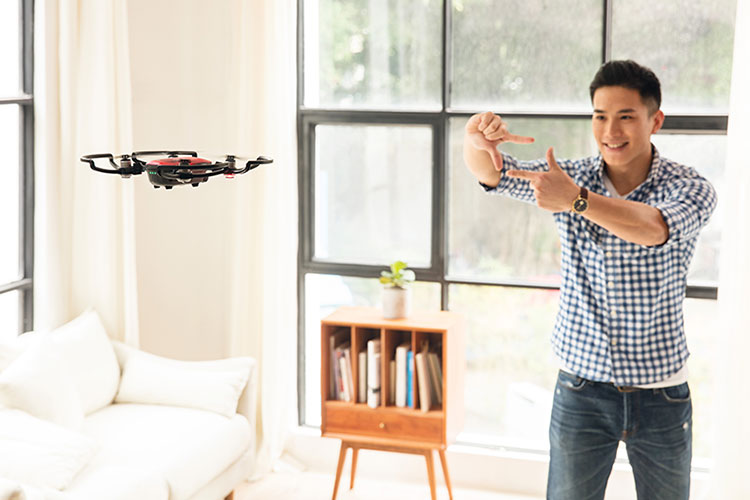
2. Consider where you will be flying the drone
Where you’re going to fly the drone most often is also an important consideration, whether it’ll be just indoors or in your backyard, or out in the outback. You’ll want to pick a drone that’s built to withstand the conditions of your proposed flight zone.
Also figure out whether where you live or plan to fly the drone is a no-fly zone under local law. After all, there’s no point in spending so much on a drone when you’re not going to be able to fly it as often as someone who lives somewhere that’s legally okay for flying. Click here to find out where you can fly a drone in Australia.
3. Consider your skill level as a pilot
Your choice of a drone is also going to depend largely on how well you can fly. If you’ve never flown a drone before, you’re most likely going to want something sturdy or well-built enough to be able to survive frequent bumps. Getting a lower cost model that won’t cost as much to repair is also a good idea, as is choosing a drone that is Ready to Fly (RTF) or won’t need assembly or a lot of setting up.
You may want to invest in a higher end model only after honing your flying skills with a cheaper drone.
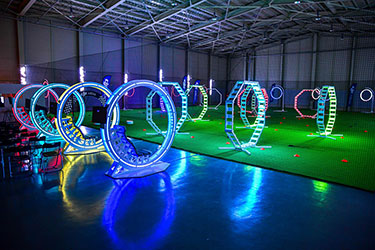
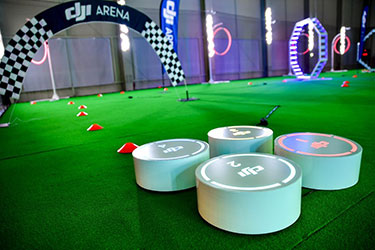
4. Consider how much time you’re going to spend on flying
Drone flights last about half an hour, at best, and even then only in higher models. If you were planning to spend more time on flying than that, you’re going to have to invest in a backup battery. However, we weren’t just talking about the actual flying, but also about how much time you’ll be willing to spend on learning or on research into what you need to know to pilot a particular drone.
You can find step-by-step, in-depth tutorials for flying, setting up and maintaining drones and accessories for beginners and for more seasoned pilots at the D1 lounge .
5. Find out exactly what you’ll be getting for your money.
As a rule, drones don’t come cheap—even if you’re looking at what appear to be cheap drones with a camera. When choosing a drone to buy, you’d best be familiar with what’s “under the hood”, as well as what’s in the box.
“You get what you pay for” is another rule of thumb when it comes to buying drones: usually, the more expensive it is, the more it will be able to do in terms of capabilities and overall piloting ease. See if you can find online reviews that unbox drones, such as these ones for the Mavic Air , the Phantom 4 Pro Obsidian , and the DJI Spark .
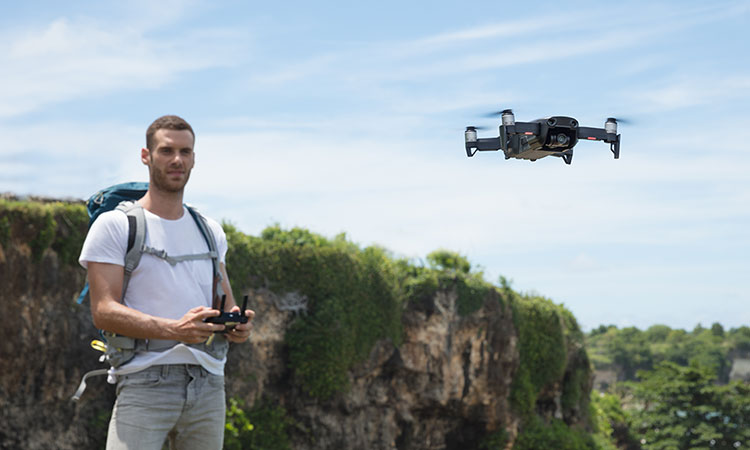
6. Find out about the drone manufacturer
The company that made the drone you’re considering speaks volumes about its quality. Things to look out for while you’re doing your homework include the company’s track record and resources as well as its product line up and reputation.
Based in “the Silicon Valley of China”, Shenzhen, DJI has been producing top-of-the-line drones and accessories for more than 10 years. Now with offices in the US, Europe and Asia, DJI continues to produce flying and camera stabilisation systems that are used not just for video and photography, but also in industries including agriculture, search and rescue, conservation and energy infrastructure.
7. Find out whether the drone comes with a warranty
Knowing more about the company that made the drone that made your shortlist can tell you about the kind of after-sales service you can expect. A drone from a good company will not only come with a warranty but will also have good customer support systems in place that should be easily accessible via an official distributor.
DJI does offer a warranty on its drones, and D1 not only offers a refund policy but also drone insurance. Known as DJI Care Refresh , this insurance policy assures you of a replacement drone in the event of a crash or accidental water damage.

8. Find out whether replacement parts are readily available
Accidents do happen, and if you’re a beginner, they’re all but inevitable. When choosing a drone, think 10 steps ahead to what you’ll have to do in case anything goes wrong, and consider whether you have the skill to do your own repairs if necessary. You’ll want to choose a drone whose parts and accessories are easy to source and within your budget.
D1 carries a full range of parts and accessories for DJI drones such as lenses, filters, monitor hoods and landing gear extensions. You can also buy back up batteries and chargers for DJI drones such as the Phantom in Perth or any of D1’s seven nationwide stores.
9. Find out which drones other people like you are using.
Don’t just take the manufacturer’s word for it—there are more blogs, forums and reviews discussing drones and the pros and cons of each type, brand, and model than we can count. Whether you’re a rookie pilot or the next Steven Spielberg, seek out your fellow flyers for tips and insights that can help you decide.
It’s important to get the opinions of pilots with the same skill level as yourself, because what works fantastically for a pro photographer might be more than a hobbyist can handle. Check out detailed DJI drone reviews by some serious pilots at D1’s lounge here .
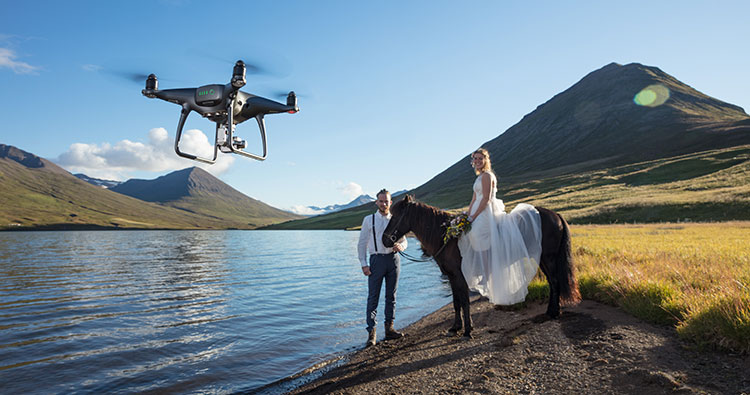
10. Find out where the best place is for buying your drone
DJI Asia Pacific communications lead, Kevin On, explains the drawbacks of buying drones on the grey market, which include failure to meet local specifications or comply with local standards. An example of such an issue would be buying a drone originally manufactured for a region where the plugs and power supply are different. Buying a drone from an official distributor would save you from such problems.
D1 is Australia’s first and only DJI authorised retail store that provides customers with world-leading DJI drones and accessories. For expert advice, knowledge and product support to help you make the smart choice when you buy your drone, contact us at D1 today.
